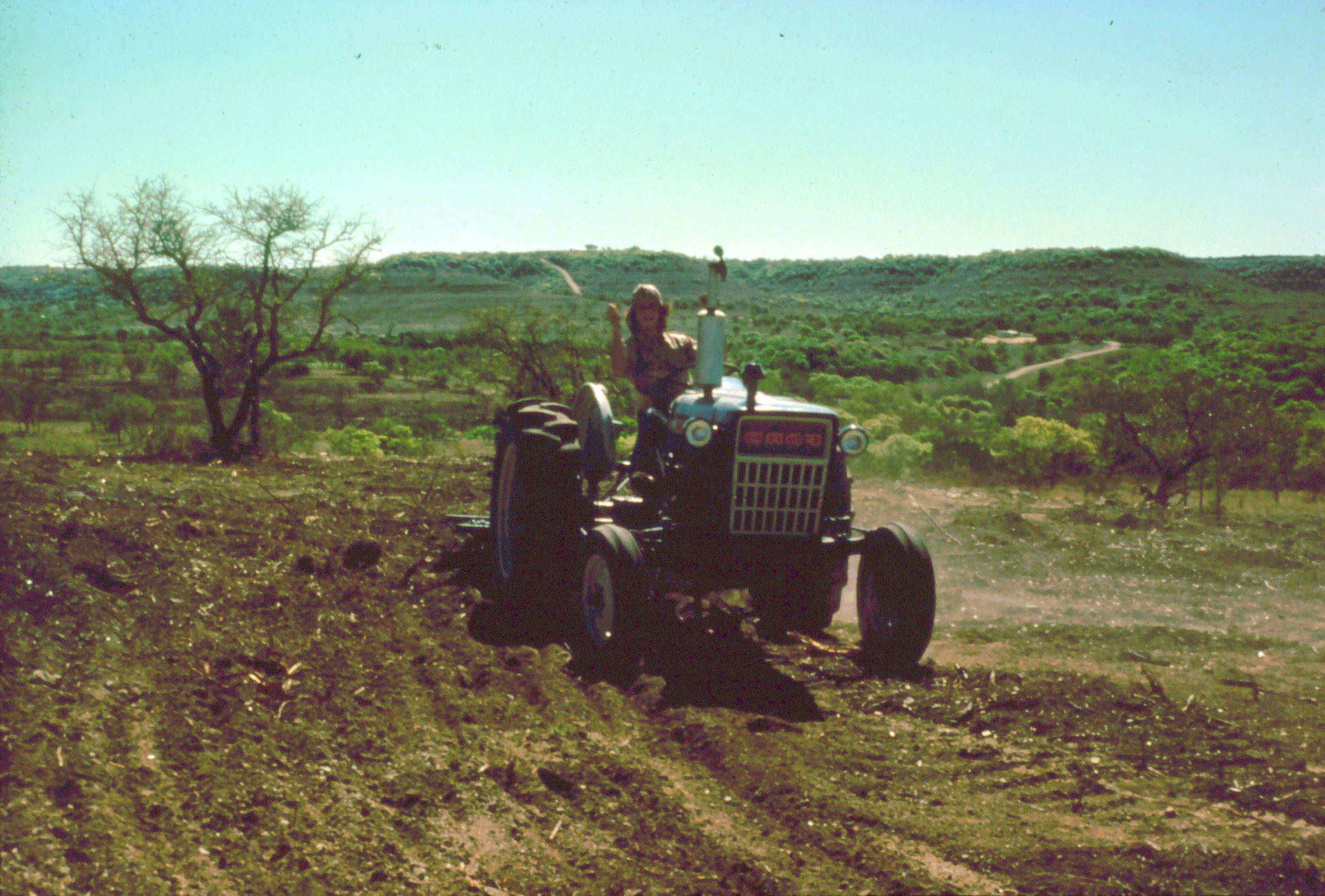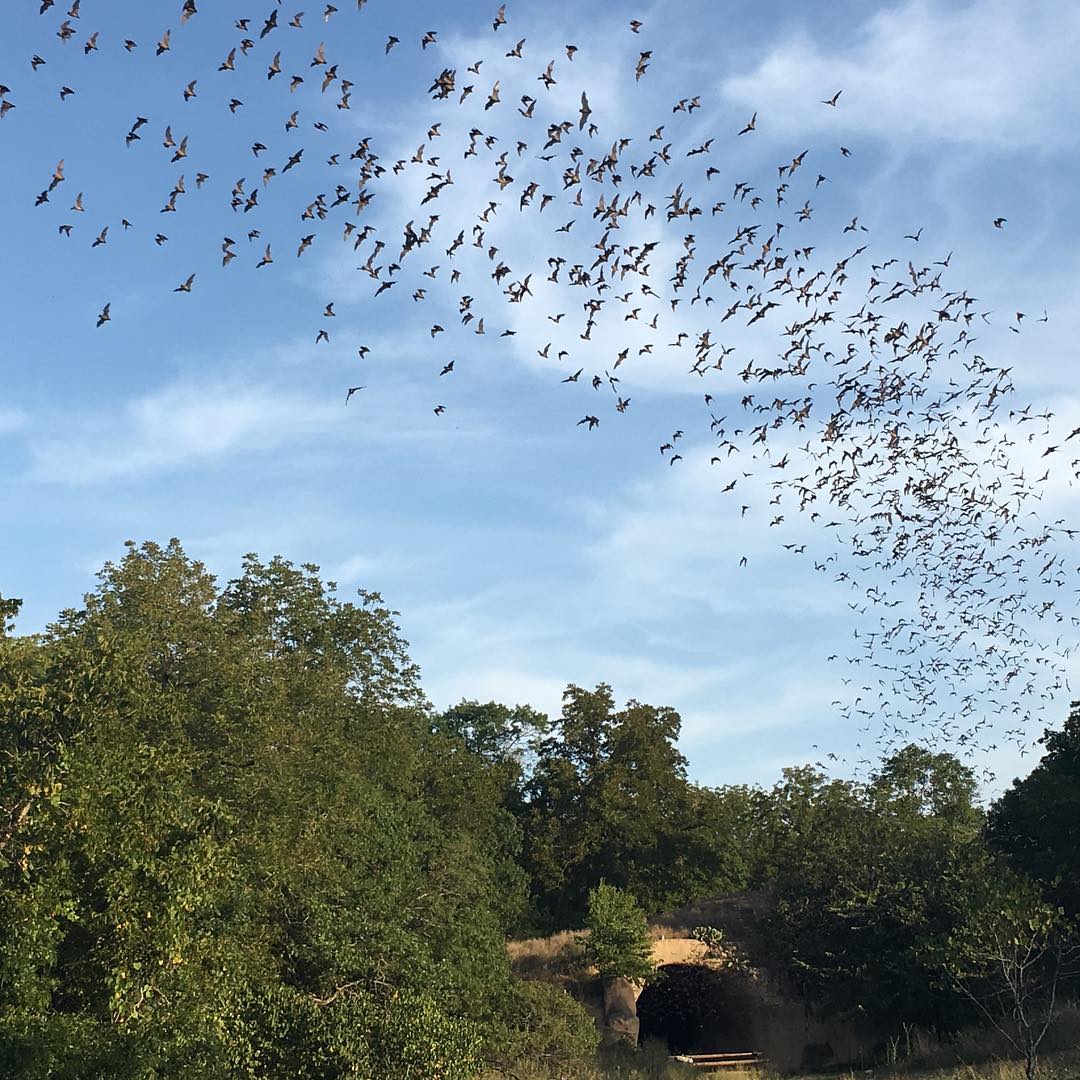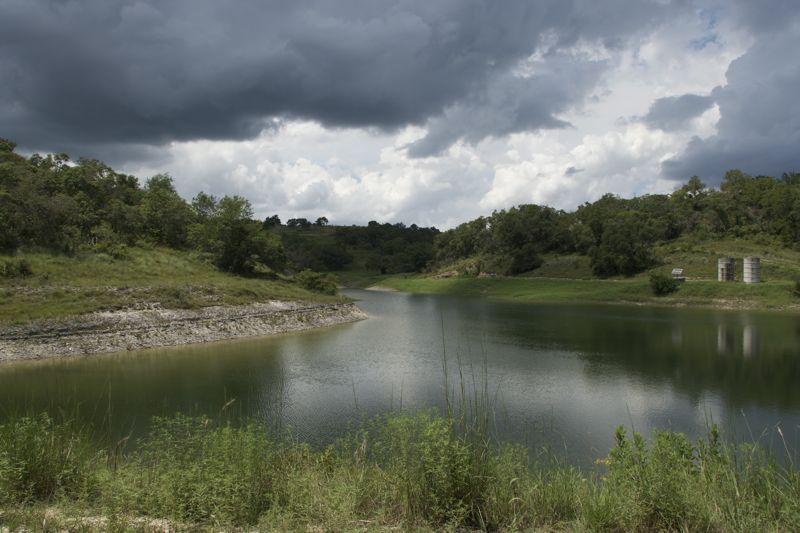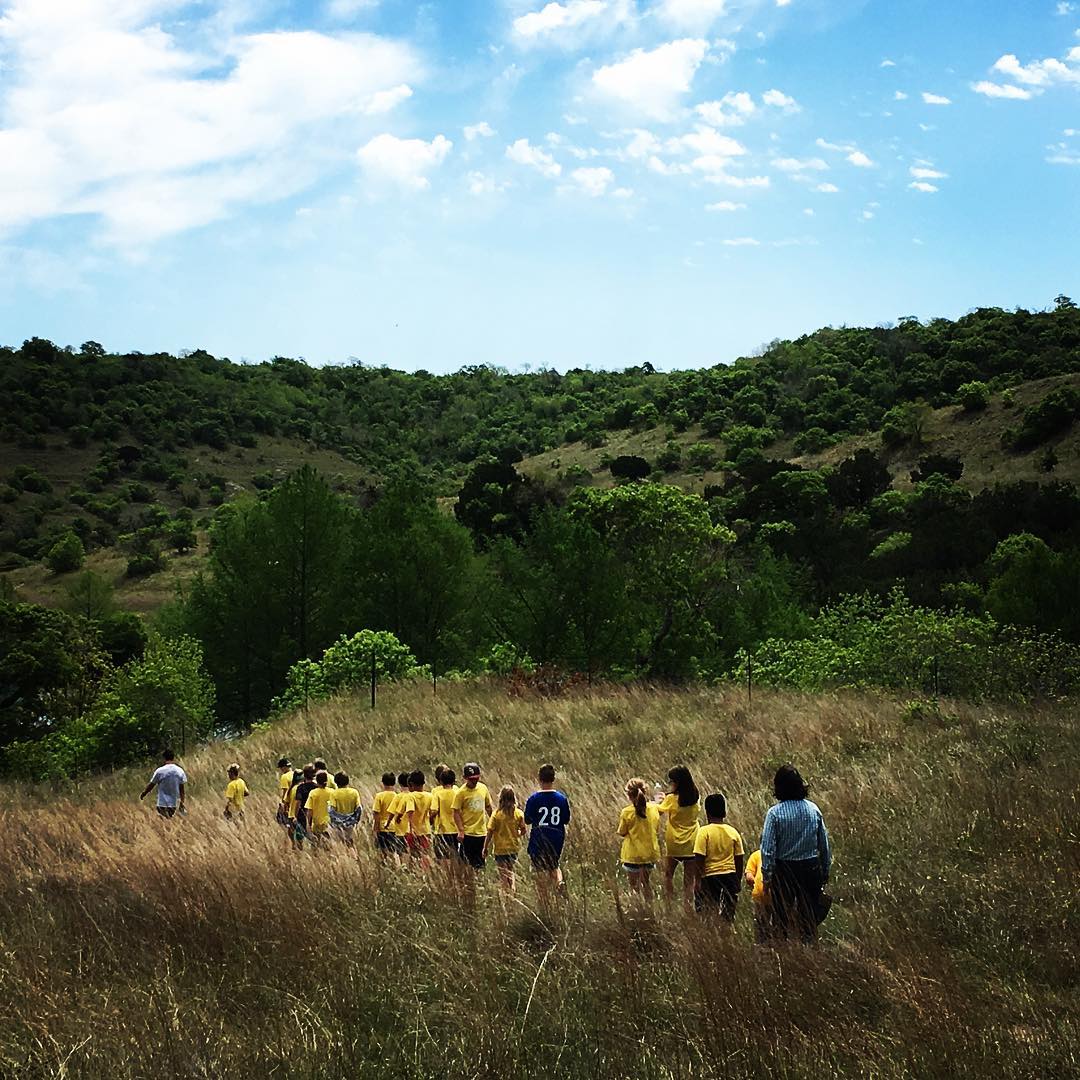
- Good Stuff -
- 5mins -
- 1,955 views
50 Years Ago, This Was A Waste Land. Until One Man Transformed It By Applying Nature’s Wisdom
What was once an abandoned landscape of overgrazed, waterless scrubland has been transformed into a lush green oasis—thanks to businessman and nature-lover David Bamberger.
“Selah”, the Texas Ranch that Brought Water from Stone
50 years ago, fried chicken tycoon David Bamberger used his fortune to purchase 5,500 acres of overgrazed land in the Texas Hill Country. Planting grasses to soak in rains and fill hillside aquifers, Bamberger devoted the rest of his life to restoring the degraded landscape. Today, the land has been restored to its original habitat and boasts enormous biodiversity. Bamberger’s model of land stewardship is now being replicated across the region and he is considered to be a visionary in land management and water conservation.
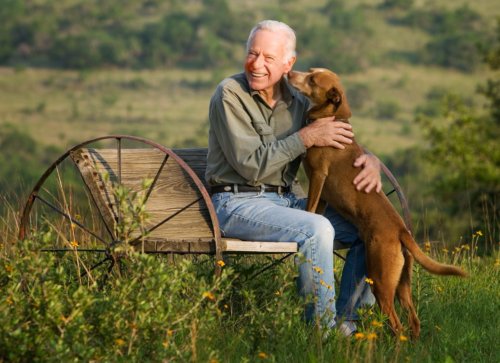
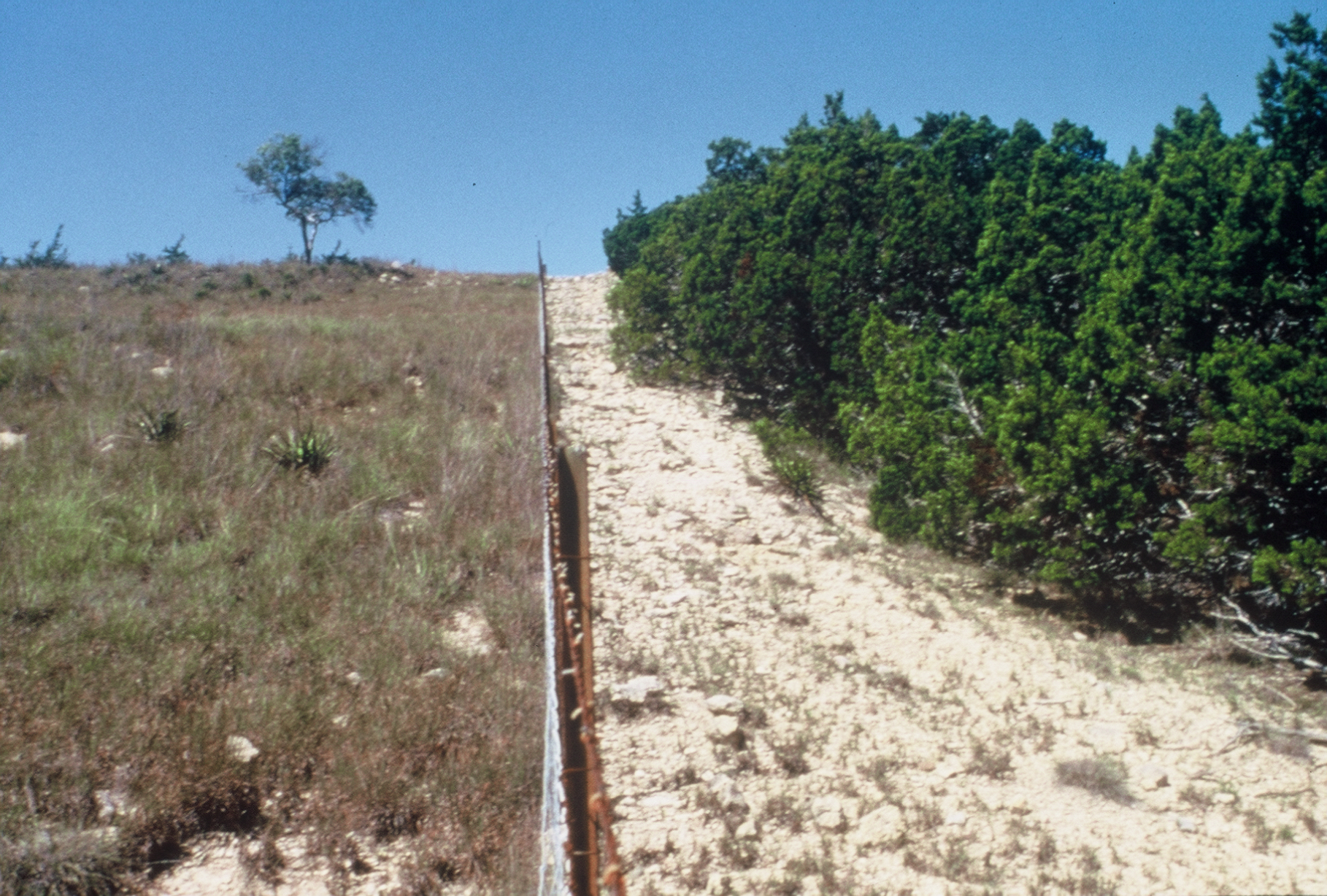
Habitat restoration: working with Mother Nature
In 1969 J. David Bamberger sought to buy the worst piece of ranchland he could find in the Hill Country with the specific intention of restoring it back to functional health. For nearly 50 years the 5,500 acre (2225 hectare) ranch has become one of the largest habitat restoration projects in the state, winning numerous awards.
With the removal of many of the Ashe juniper and the replanting of native grasses, long absent springs are now constantly flowing. The major spring produces an average of 3 gallons (11.36 litres) per minute and furnishes all the water used by the ranch and the center, three households as well as for agricultural use.
Overflow from this spring along with other smaller springs and seeps produce the headwaters of Miller Creek which flows into the Pedernales River, which then flows into the Colorado River, the surface supply for the City of Austin 60 miles away.
Bamberger Ranch’s original purchase of 3,000 acres in 1969 is where the majority of the cedar clearing took place. The remaining 2,500 acres was purchased in pieces over the next several years to what is now a 5,500 acre habitat restoration and wildlife preserve: “Selah”.
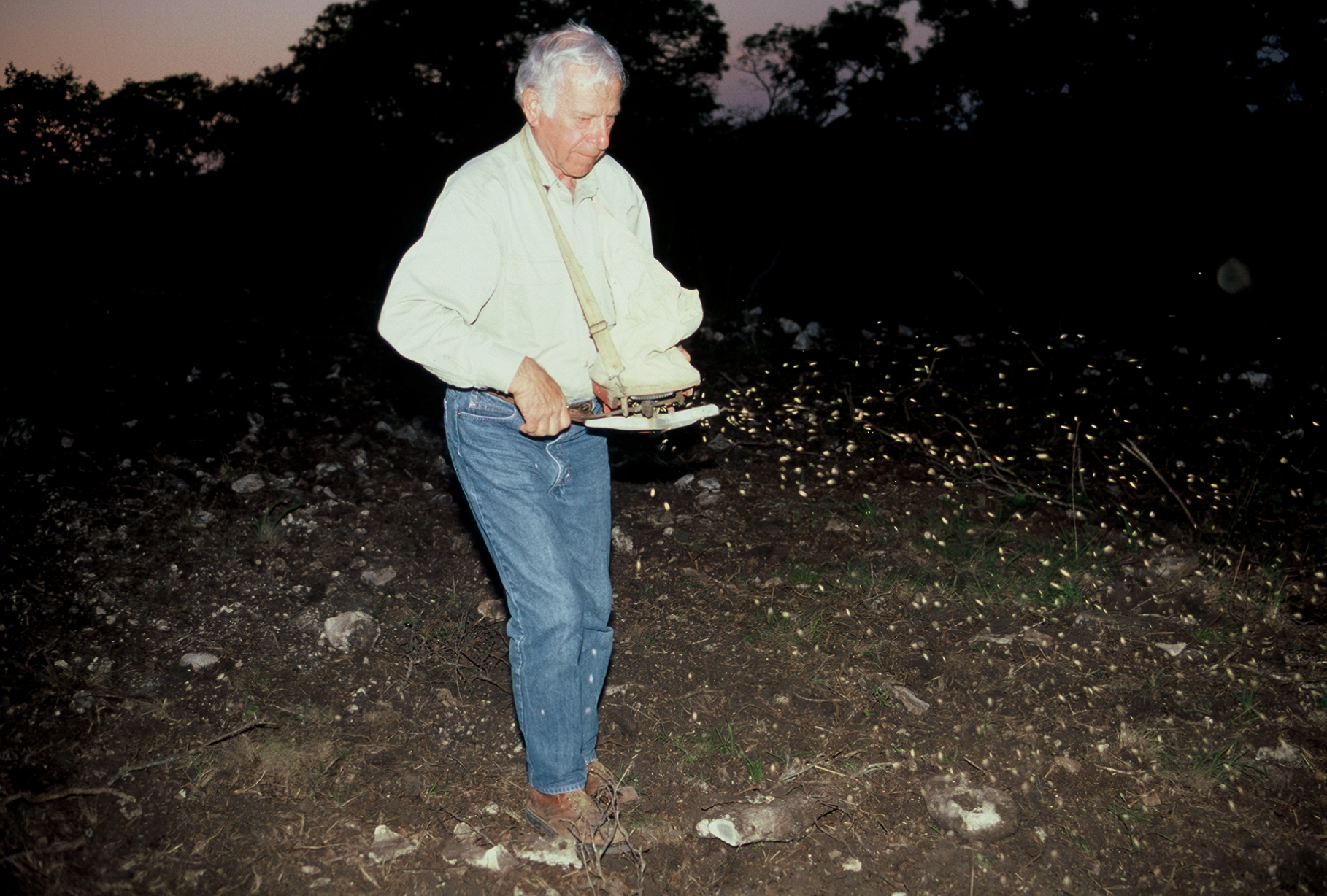
The freshly regrown flora and abundant water has seen the return of wildlife
Birds
Early bird surveys 45 years ago documented under 50 species. As birds are good indicator species, you can glean an idea of what kind of condition your land is in. The current species list (PDF) is up to 213 species, demonstrating diversity and vast improvement in habitat conditions.
Deer
Deer harvested over 40 years ago had an average field dress weight of 55 pounds (25kg). The deer were very small and unhealthy, due to lack of forage diversity. Bucks now consistently field dress at an average of 115 pounds with the record in 2013 being 156 pounds (70.76kg).
Cattle
Cattle, in 1969, did not have much grass to eat when the ranch was predominantly covered in Ashe juniper. Soil conservation agents told J. David he could run one animal unit per 41 acres. An animal unit is one cow, or 6 goats.
Now when rainfall conditions are good, Selah could, if they chose to, run an animal unit per 21 acres. (However, for the past several years they have experienced frequent and lengthy droughts and the decision was made in December 2011 to remove all the cows and goats for an indefinite period of time.)
Water
Most importantly, prior to habitat restoration, there was no surface water or live creeks on the ranch when Mr. Bamberger purchased the property. He even tried to start his own water well drilling business — drilling 7 wells around the ranch 500 feet deep and did not get a drop of water.
After restoration, there are now 27 stock tanks (or ponds and lakes) and countless springs. Eleven artesian springs are “cased” to utilise for domestic purposes or livestock.
Being at the top of its watershed, Miller Creek originates on the Bamberger Ranch. Selah’ a stretch runs year-round except in times of extreme drought conditions. But even in times of drought, the most important springs that supply all the water to four households, the visitor center and two cabins have never gone dry since habitat restoration.
The work and history of the Bamberger Ranch Preserve is attributable in large part to the original employees: Leroy Petri, ranch engineer; William “Buddy” Francis, livestock manager; Randy Lenz, wildlife manager; and Jim Rhoades, arborist.
Randy left the ranch in 1999 to pursue the real estate industry and Buddy retired in 2000 after 27 years with the ranch. Leroy is still at the ranch, having worked with J. David since 1970, and Jim Rhoades is past board member and continues to advise and participate in workshops on the ranch.
Source: BambergerRanch.org

The Very Model of a Modern Conservation Ranch
Bamberger Ranch has become a recognised model of habitat restoration and land stewardship, not only for local landowners but also policy makers working on water issues. For more than three decades the ranch has offered meeting space for environmental groups, hosted school field trips and stewardship workshops for thousands of participants.
Lessons from the Selah Journey
It took J. David Bamberger over 25 years of toil and trial to achieve his vision of what Selah could be. He struggled with invasive plants, an abused and neglected landscape and mistaken conventional wisdom. He persisted.
Today he generously shares the lessons he learned along the way. The reality is that it takes resources, commitment, and patience to restore a natural space to its closest-possible original health and abundance.
In the last 20+ years, commitment and resources are still required. In J. David’s words: “Do not initiate an action you are not willing, or capable of sustaining.”
Source: BabergerRanch.org
